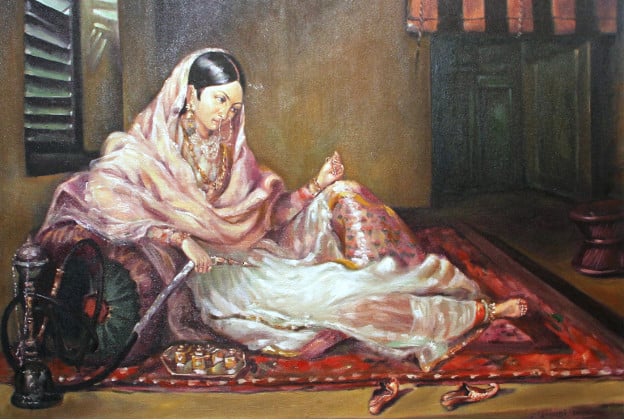🔴 Website 👉 https://u-s-news.com/
Telegram 👉 https://t.me/usnewscom_channel
Over two centuries ago, Dhaka muslin was the most coveted and expensive fabric in the world, gracing the wardrobes of royalty and the elite. Made in Bengal, now part of Bangladesh, this fabric was renowned for its ethereal beauty, with a thread count of 1,200—far higher than today’s best cotton fabrics.
The secret to Dhaka muslin’s finesse lay in its production process. It required cotton from a specific plant, Phuti karpas, which grew only along the Meghna River. Unlike the longer fibers used in modern cotton, these fibers were short and delicate, making them hard to work with but essential to the fabric’s unique qualities. Crafting Dhaka muslin involved a painstaking 16-step process, each carried out by artisans in separate villages.
By the mid-1700s, the British East India Company, which controlled much of India’s trade, recognized the demand for this fine fabric and exploited Bengal’s artisans. They forced them into factories, paying them less while demanding higher production. Meanwhile, Britain’s textile industry, based on wool and silk, saw muslin as a threat. To protect their interests, the British government enacted the Calico Acts, banning cotton fabrics in the UK. However, demand for muslin persisted, leading Britain to mass-produce lower-quality versions.
In Bengal, the exploitation became unsustainable. Artisans, earning next to nothing, abandoned their craft, and the Phuti karpas plant eventually went extinct. By the early 19th century, authentic Dhaka muslin disappeared.
In 2013, Saiful Islam, a British-Bangladeshi heritage enthusiast, sought to revive this lost fabric. After years of searching, he found a preserved Phuti karpas leaf and used modern technology to locate a genetic match. Though his team managed to recreate a version of the muslin, they struggled to replicate its legendary thread count.
Dhaka muslin’s story is a reminder of the cultural treasures lost to exploitation and industrialization. While the fabric may never fully return, its revival calls attention to the importance of craftsmanship and the cost of our relentless pursuit of cheaper, faster fashion.
Top image: ‘Lady in Muslin’, painted by Francesco Renaldi, Dhaka, 1789. Source: Faizul Latif Chowdhury/CC BY-SA 4.0
By Ancient Origins

